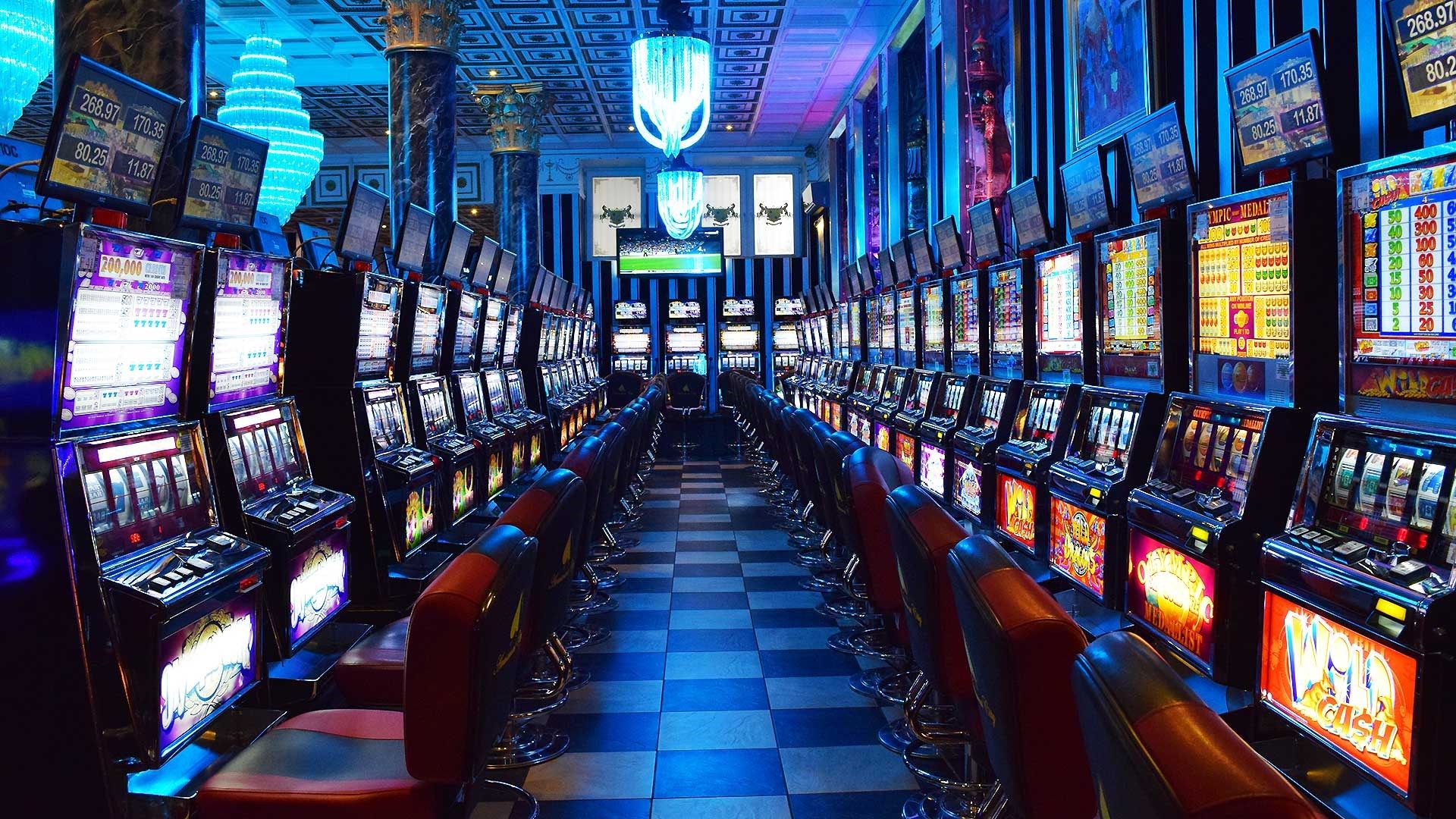Transforming Gambling Games for a Virtual Time

This world of casino gaming has undergone a significant evolution in past years, propelled by technological advancements and changing consumer tastes. As an increasing number of gamers turn to digital platforms for leisure, conventional gambling games are being increasingly modified to satisfy the needs of a technology-oriented audience. This shift not just involves the shift from brick-and-mortar to virtual environments but also encompasses the evolution of gameplay mechanics and player interaction strategies.
In this emerging digital age, game developers are harnessing innovative techniques to create engaging environments that appeal with a diverse spectrum of gamers. From web-based slot games with stunning visuals to interactive card games that mimic the atmosphere of a live gambling hall, the adaptation process is changing how we view and experience casino activities. As we navigate this fascinating process, it becomes clear that the future of gambling lies in the seamless fusion of advanced tech with the timeless appeal of chance and strategy. best non GamStop casinos 2025
A Progression of Gambling Entertainment
Casino entertainment have undergone significant transformations throughout history, reflecting changes in tech, society, and gamer preferences. In early eras, basic activities of chance were enjoyed using rudimentary materials such as stones and bones. As civilizations progressed, so did the complexity of these activities. The introduction of card games in the medieval period marked a pivotal moment, leading to the creation of popular titles like Texas Hold’em and blackjack, which are still played today. Over the years, the design of casinos has also transformed, shifting from small local venues to grand, elaborate establishments.
The twentieth century brought about a transformation in the world of casino entertainment with the arrival of electronic gaming. Fruit machines emerged as a popular attraction, engaging gamblers with their colorful lights and sounds. This era also saw the growth of casino resorts, which integrated high-end accommodations with a diverse array of casino options. The introduction of video games further expanded the landscape, allowing for more intricate designs and gameplay mechanics. These developments not only attracted a broader audience but also altered the way casino entertainment were played.
With the rise of the web in the late 1990s and early 2000, gambling entertainment entered a new online phase. Virtual casinos appeared, providing participants with the ease of gaming from their own spaces. This shift required gaming designers to reconsider traditional mechanics and modify them for an engaging digital environment. Today, advancements in tech, including smartphone gaming and VR, continue to shape the progress of casino entertainment, creating engaging experiences that engage players like not before.
Primary Attributes of Virtual Casino Experiences
Virtual gambling experiences have revolutionized the way players engage with the gambling experience by providing captivating experiences that mimic the excitement of traditional casinos. One of the most significant features is the use of top-notch graphics and animations, which create a visually stunning striking environment. Developers focus on providing realistic themes and engaging storylines that entice players into the game, enhancing their overall experience. The capability to deliver 3D visuals and stunning sound effects means that players can experience a lively atmosphere similar to what they would experience on a casino floor.
Another important aspect of virtual casino experiences is the convenience they offer to players globally. Web-based services enable individuals to play their favorite games from the comfort of their own homes or on the go through mobile devices. This comfort is accompanied by a diverse selection of gaming alternatives, including video slots, card games, and live casino games. Players no longer need to commute to a brick-and-mortar venue to enjoy their preferred betting experiences, allowing a broader audience to engage with casino games.
Lastly, virtual gaming experiences frequently incorporate creative features such as immersive play and social interactions. Many games now allow players to compete against one another, enter tournaments, or even post their successes on social media. This transformation encourages a community spirit among players while promoting healthy competition. Additionally, features like modifiable avatars and in-game chat options improve social interaction, making the digital gaming experience even more engaging for all users.
What Lies Ahead of Online Gaming
When technology continues to evolve, the landscape of online gaming is poised for significant transformation. Immersive and augmented reality are making waves, offering players an immersive experience that reflects the excitement of being in a brick-and-mortar casino. These advancements create opportunities for creators to introduce unique game formats and dynamic elements, reshaping how players engage with their favorite casino games.
Moreover, the integration of AI is improving user experiences and customizing gameplay. AI can examine player behavior, recommend tailored game options, and improve customer support through chatbots. This tailoring not only keeps players interested but also helps build a loyal community around specific casino platforms, setting them for success in a competitive market.
Ultimately, the rise of smartphone gaming is another vital factor shaping the future of online gaming. With an ever-increasing number of players playing casino games on their mobile devices, developers are gearing up for optimizing their platforms for mobile use. This change allows players to play casino games anytime, paving the way for a more versatile and user-friendly gaming environment that caters to a broader audience.